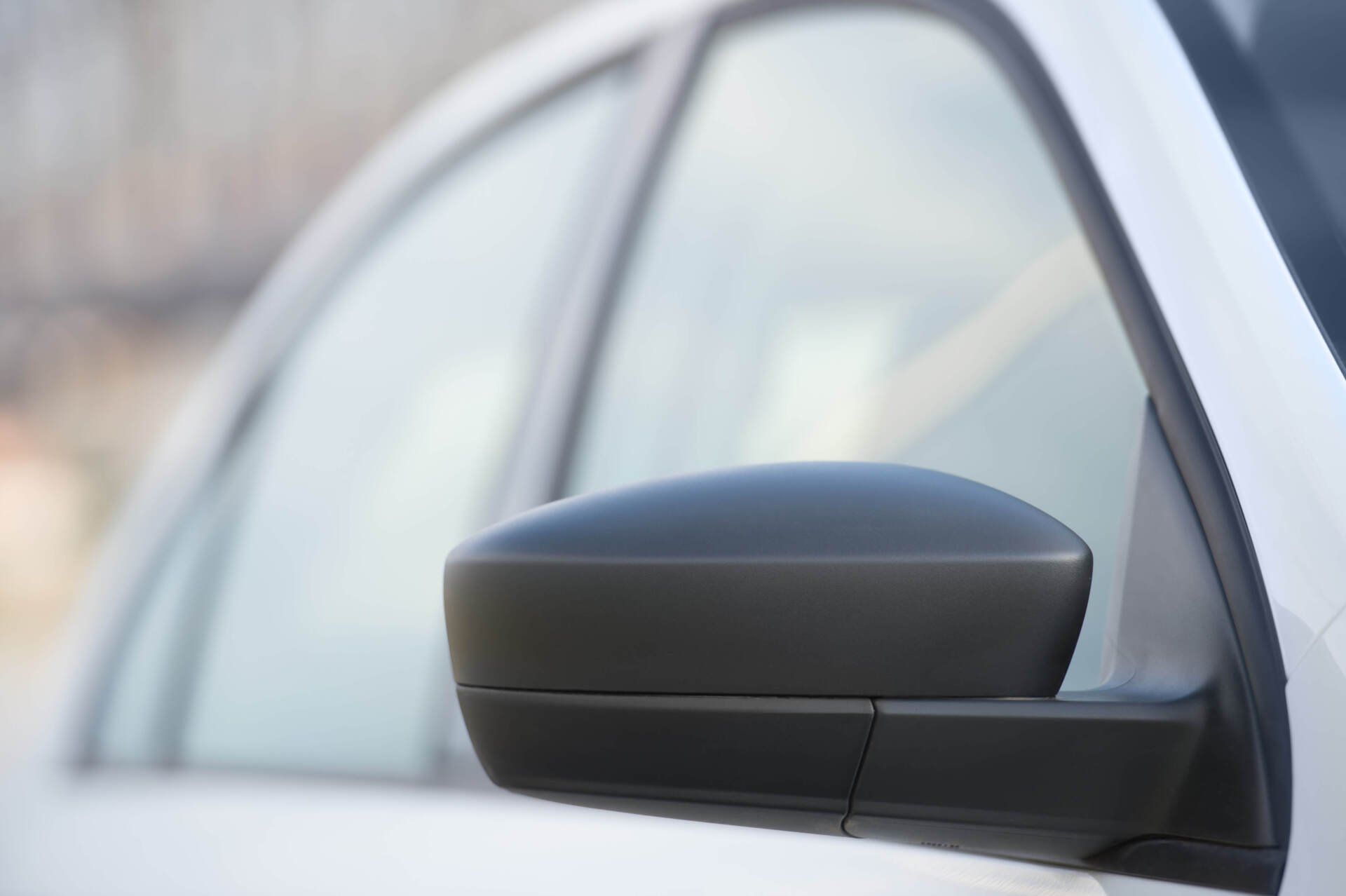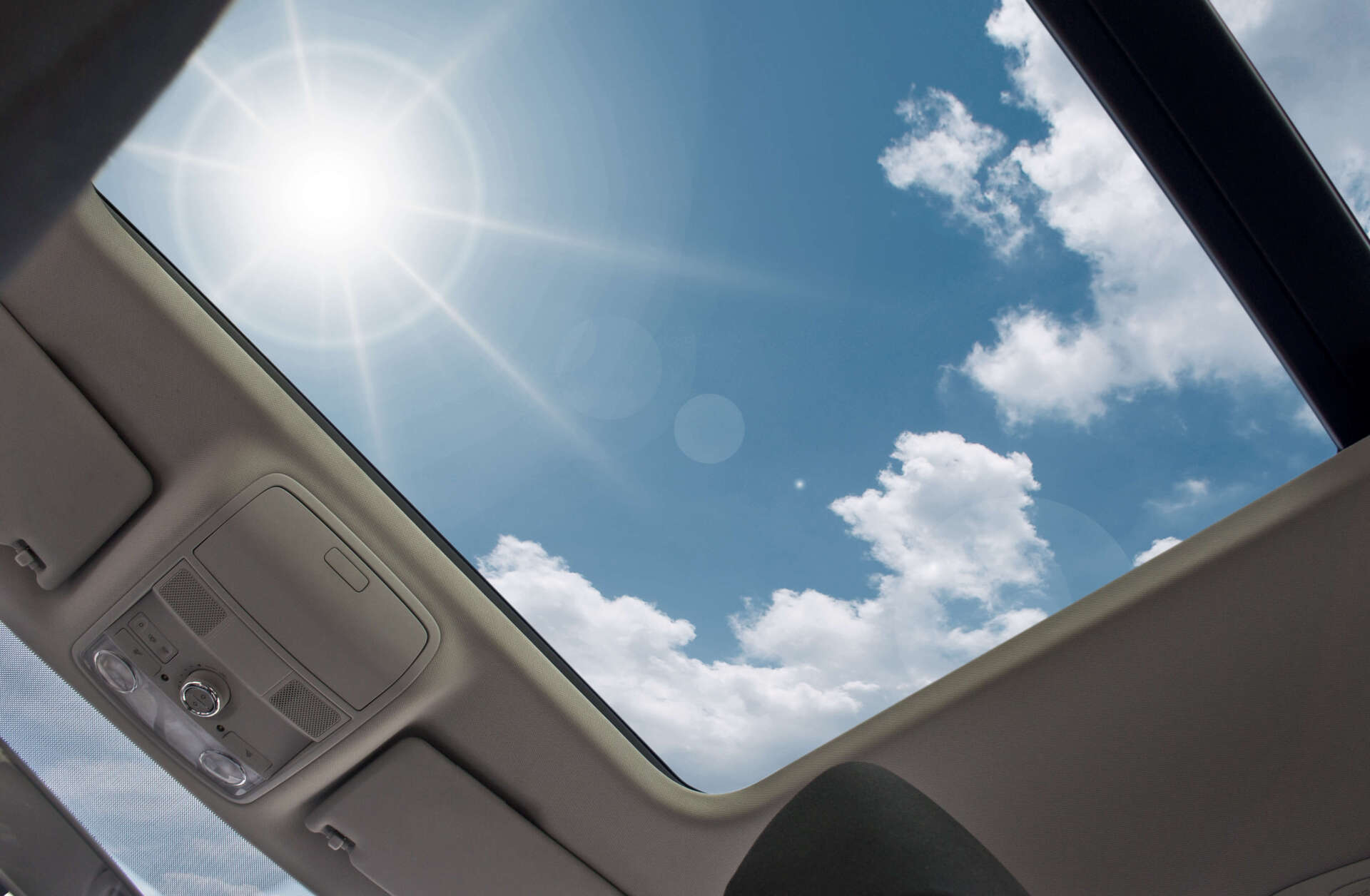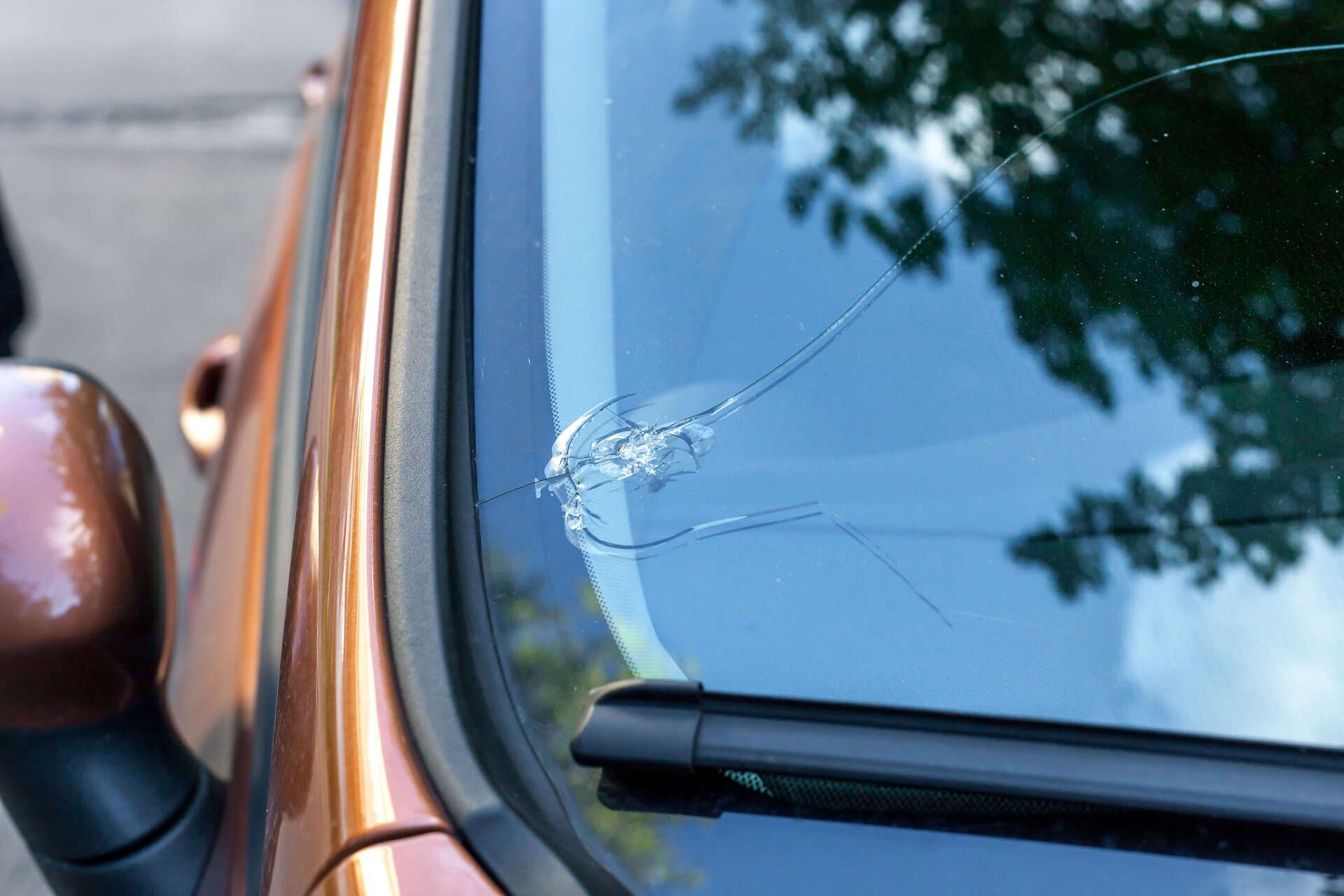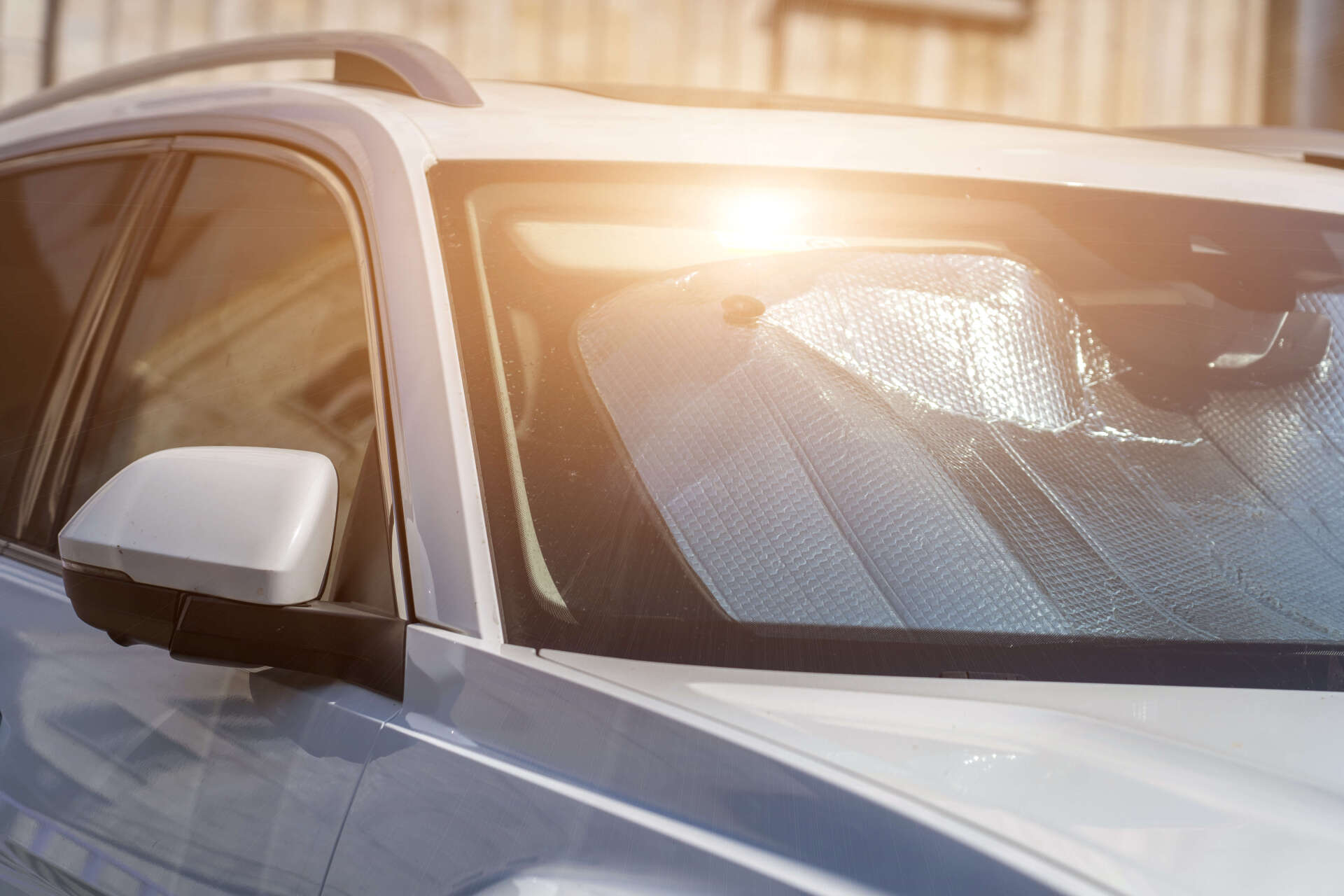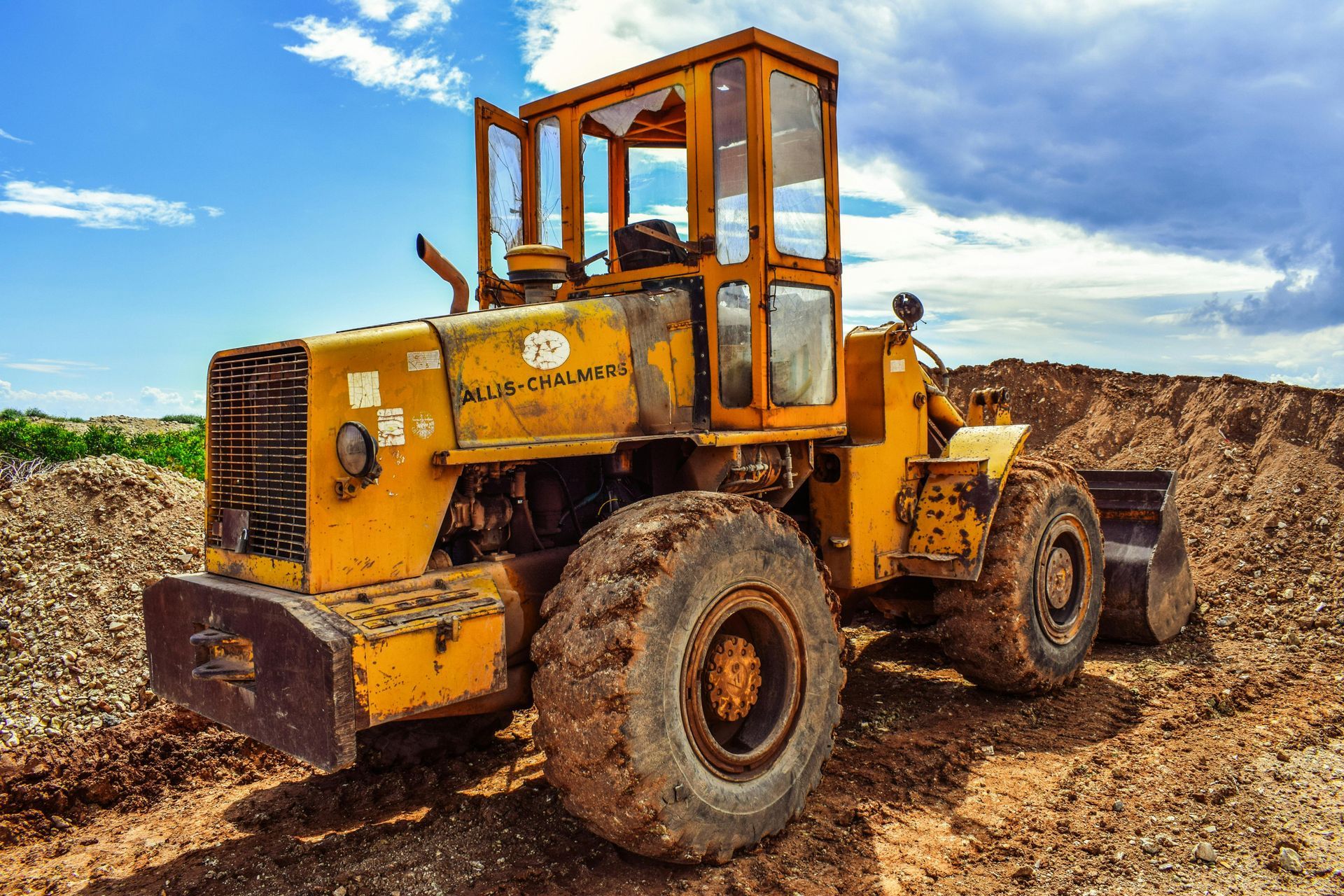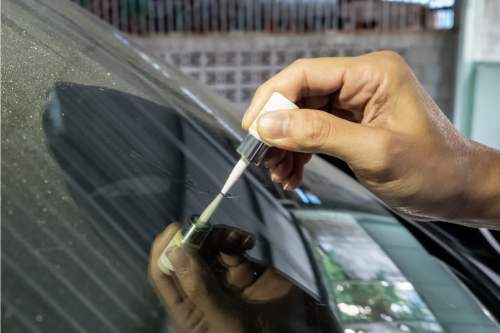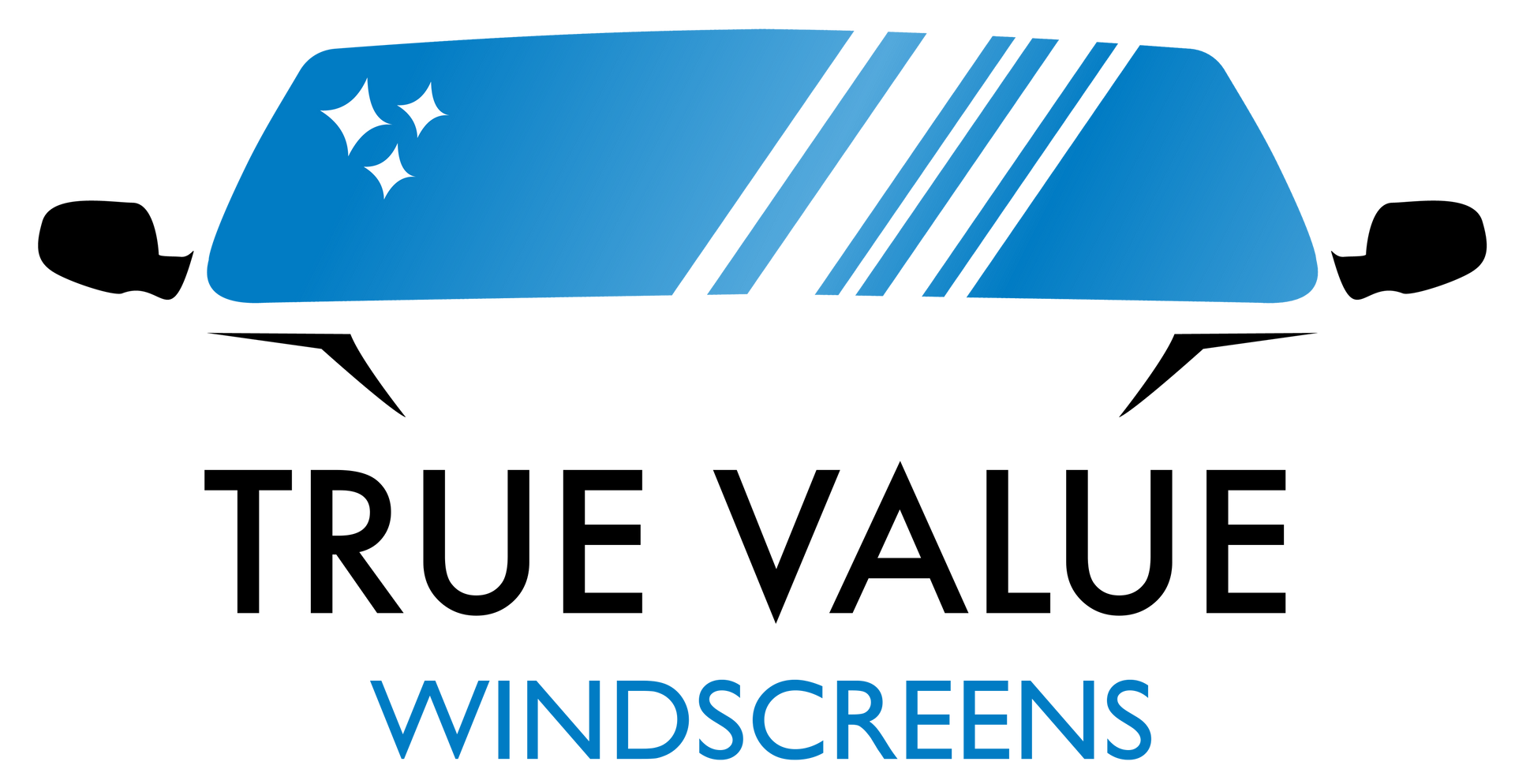5 Leading Causes of Rear Window Damage Every Australian Driver Must Avoid
Your vehicle's rear window serves as a critical safety component that provides essential visibility for reversing, lane changes, and overall situational awareness while driving. Unfortunately, rear windows are particularly vulnerable to damage due to their location, construction differences from windscreens, and exposure to various hazards that many Australian drivers don't fully appreciate. Understanding the most
common causes of rear window damage empowers you to take preventive measures that can save hundreds of dollars in replacement costs while maintaining your vehicle's safety and functionality for years to come.

Understanding Rear Window Construction and Vulnerability
Modern automotive rear windows utilise tempered glass construction that differs significantly from the laminated glass used in windscreens, creating unique vulnerability patterns that affect both damage susceptibility and repair options. Tempered glass undergoes a controlled heating and cooling process during manufacturing that creates internal stress patterns designed to make the glass stronger than standard glass while ensuring it breaks into small, relatively harmless pieces when shattered. This safety feature, while beneficial for occupant protection, means that rear window damage almost always requires complete replacement rather than repair.
Tempered glass is stronger than standard glass under normal loading conditions, but it also introduces specific failure characteristics that make rear windows susceptible to certain types of damage. The internal stress patterns that give tempered glass its strength also create conditions where small impacts or stress concentrations can trigger complete shattering. Understanding this behavior helps drivers recognise why rear window damage prevention is so much more critical than repair after damage occurs.
Australian vehicles face additional rear window challenges due to the continent's extreme temperature variations, UV radiation intensity, and diverse driving conditions ranging from urban traffic to remote outback travel. These environmental factors can accelerate the aging process of tempered glass while introducing stress patterns that increase vulnerability to sudden failure. The combination of manufacturing stress patterns and environmental aging creates conditions where previously undamaged rear windows can suddenly shatter from seemingly minor impacts.
1. Temperature Shock: Australia's Extreme Climate Challenge
Temperature shock represents the leading cause of rear window damage across Australia, where extreme temperature variations can create thermal stress that exceeds the glass's design limitations. This phenomenon occurs when different areas of the rear window experience rapid temperature changes, creating differential expansion that generates internal stress beyond the tempered glass's capacity to accommodate. Australian drivers encounter these conditions regularly, from parking in scorching summer heat to entering air-conditioned environments or experiencing sudden weather changes.
The physics of temperature shock involves the coefficient of thermal expansion, which describes how materials expand when heated and contract when cooled. While glass has a relatively low expansion coefficient, the large surface area of rear windows means even small temperature changes can generate significant stress forces. When combined with the constraint of the window frame and existing stress patterns from the tempering process, these thermal forces can exceed the glass's structural capacity.
Gold Coast's subtropical climate creates particularly challenging conditions for rear window thermal stress, with outdoor temperatures often exceeding 35°C while air-conditioned vehicle interiors remain at 20-22°C. This 15°C differential, when experienced rapidly, can create stress levels that approach the glass's failure threshold. Multiple thermal cycling events throughout a single day can create cumulative stress that weakens the glass over time, making it more susceptible to sudden failure from subsequent temperature changes.
2. Road Debris and Flying Objects: The Hidden Highway Hazard
Road debris represents a constant threat to rear window integrity, with Australian highways and urban roads presenting numerous opportunities for projectile impact damage. Unlike windscreen damage from oncoming debris, rear window impacts often result from following too closely behind vehicles carrying loose materials, construction activities, or objects falling from overhead sources. The velocity and trajectory of rear-directed debris can create impact forces that instantly overwhelm tempered glass structural capacity.
Construction zones present particularly high-risk environments for rear window damage, with loose materials, equipment, and debris creating multiple projectile hazards. Even properly secured loads can shed small particles or suffer tie-down failures, which can launch objects toward following vehicles. The increasing prevalence of construction activities across Australian metropolitan areas means drivers encounter these hazardous conditions more frequently, making awareness and defensive driving techniques essential for rear window protection.
Agricultural and industrial transport vehicles create ongoing debris hazards that many urban drivers don't anticipate. Grain trucks, soil transporters, and construction vehicles routinely shed materials despite best efforts to secure loads properly. These materials range from small stones and agricultural debris to larger objects that can cause catastrophic
rear window damage. Understanding these hazard sources helps drivers maintain appropriate following distances and choose safer routing when possible.
3. Improper Loading and Cargo Incidents
Improper loading practices represent a frequently overlooked cause of rear window damage that affects both passenger vehicles and commercial applications. Many drivers underestimate the forces that improperly secured cargo can generate during normal driving manoeuvres, particularly during acceleration, braking, and cornering. These forces can propel objects against rear windows with sufficient energy to cause immediate shattering or create stress concentrations that lead to delayed failure.
The physics of cargo movement during vehicle operation involves multiple force vectors that can combine to create dangerous impact scenarios. Emergency braking can propel loose objects forward with forces many times their static weight, while cornering can cause lateral shifting that impacts side structures. Even seemingly secure loads can shift during normal driving if proper load distribution and restraint techniques aren't employed correctly.
Australian driving conditions present additional challenges for cargo security due to the long distances, varying road conditions, and extreme weather events that characterise continental travel. What appears properly secured for urban driving may prove inadequate for highway speeds, rough road surfaces, or sudden weather changes. Understanding these dynamic loading conditions helps drivers implement more robust cargo securing strategies that protect rear windows from internal damage sources.
4. Defrost System Malfunctions: When Technology Fails
Rear window defrost systems, while essential for visibility and safety, can become sources of damage when electrical components malfunction or operate outside design parameters. These systems utilise thin heating elements embedded within or applied to the glass surface that generate controlled heat to clear condensation and ice. When defrost systems experience electrical faults, they can create localised heating that generates thermal stress patterns capable of shattering tempered glass.
Electrical overcurrent conditions represent the most serious defrost-related threat to rear window integrity. These conditions can occur due to wiring faults, control system failures, or damaged heating elements that create uneven current distribution. When heating elements receive excessive electrical current, they can generate temperatures well above design limits, creating thermal shock conditions that instantly shatter tempered glass. These failures often occur without warning and can happen even in relatively new vehicles.
Age-related degradation of defrost systems creates gradually increasing risks for rear window damage as vehicles accumulate years and kilometres. Heating element materials can corrode or develop resistance changes that affect heat distribution patterns. Control systems may begin operating outside specifications, while wiring insulation can deteriorate and create short circuit risks. These degradation processes often progress slowly, making regular system inspection and maintenance essential for preventing catastrophic failures.
5. Impact from Inside the Vehicle: The Overlooked Threat
Internal impacts represent a surprisingly common cause of rear window damage that many drivers don't consider until experiencing the problem firsthand. These incidents typically involve objects inside the vehicle striking the rear window during sudden stops, accidents, or aggressive driving manoeuvres. The tempered glass construction that provides safety benefits during external impacts can work against the window when internal objects generate localised stress concentrations that trigger complete shattering.
Emergency braking scenarios create the highest risk conditions for internal rear window impacts, as loose objects can become projectiles with forces many times their static weight. A simple toolbox or sports equipment that seems harmless during normal driving can generate hundreds of pounds of force during emergency stops. These forces, when concentrated on the relatively thin tempered glass structure, can instantly exceed structural capacity and cause complete window failure.
Child safety considerations add another dimension to internal impact risks, as young passengers may inadvertently cause rear window damage through normal play activities or during emotional outbursts. Toys, electronic devices, and even shoes can become dangerous projectiles when thrown or dropped in confined vehicle spaces. Parent awareness and proper restraint of both children and objects within vehicles becomes essential for preventing these preventable damage scenarios.
Professional Services and Quality Assurance
Professional rear window replacement services provide essential expertise for maintaining vehicle safety, legal compliance, and optimal functionality after damage occurs. The complexity of modern automotive glass systems, combined with safety requirements and warranty considerations, makes professional service selection critical for achieving satisfactory results. Quality assurance in rear window replacement involves multiple verification steps that ensure both immediate functionality and long-term reliability.
Technician qualifications for rear window replacement should include current certifications in automotive glass installation, understanding of vehicle-specific requirements, and experience with various glass types and mounting systems. Professional installers understand how rear windows integrate with vehicle safety systems, defrost electrical components, and structural frameworks. This expertise ensures installations meet manufacturer specifications while maintaining compliance with Australian safety standards.
Quality materials and installation techniques directly affect rear window longevity and performance in Australian conditions. Professional services use
OEM-specification glass that matches original equipment performance characteristics while employing installation methods that ensure proper stress distribution and electrical integration. The quality assurance process includes post-installation testing, functionality verification, and comprehensive warranty coverage that protects customer investments.
Conclusion
Preventing rear window damage requires understanding the five primary threat categories—temperature shock, road debris, improper loading, defrost system malfunctions, and internal impacts—while implementing appropriate protective strategies for each risk factor. Australian driving conditions present unique challenges, including extreme temperatures, diverse road environments, and extended travel distances that can accelerate rear window vulnerability. However, informed drivers who understand these risks and implement preventive measures can significantly reduce their likelihood of experiencing costly rear window damage.
The investment in rear window protection strategies pays substantial dividends through avoided replacement costs, maintained vehicle safety, and preserved functionality of essential visibility and defrost systems. While some risk factors like extreme weather and road debris remain largely beyond driver control, many damage causes can be prevented through awareness, proper vehicle maintenance, and modified driving behaviours that prioritise glass protection.
Professional assessment and quality replacement services provide essential support for rear window protection and restoration when damage does occur. The complexity of modern automotive glass systems, combined with safety requirements and warranty considerations, makes professional expertise valuable for both prevention and repair scenarios. By combining informed prevention strategies with access to qualified professional services, Australian drivers can enjoy reliable rear window performance throughout their vehicle ownership experience.
About True Value Windscreens
True Value Windscreens is Australia's trusted auto glass specialist, providing professional windscreen and rear window replacement services across Sydney, Brisbane, Gold Coast, and Melbourne. Our experienced technicians combine technical expertise with commitment to quality, offering same-day mobile services that come to your location for maximum convenience. We use only the finest materials meeting Australian safety standards, backed by comprehensive warranties and competitive pricing that beats any written quote. With our mobile service units equipped with the latest auto glass technology, we ensure swift, professional results that prioritise your safety and satisfaction. Contact True Value Windscreens today at 0466 666 026 for expert rear window replacement and repair services that restore your vehicle's integrity and keep you safely on the road.
